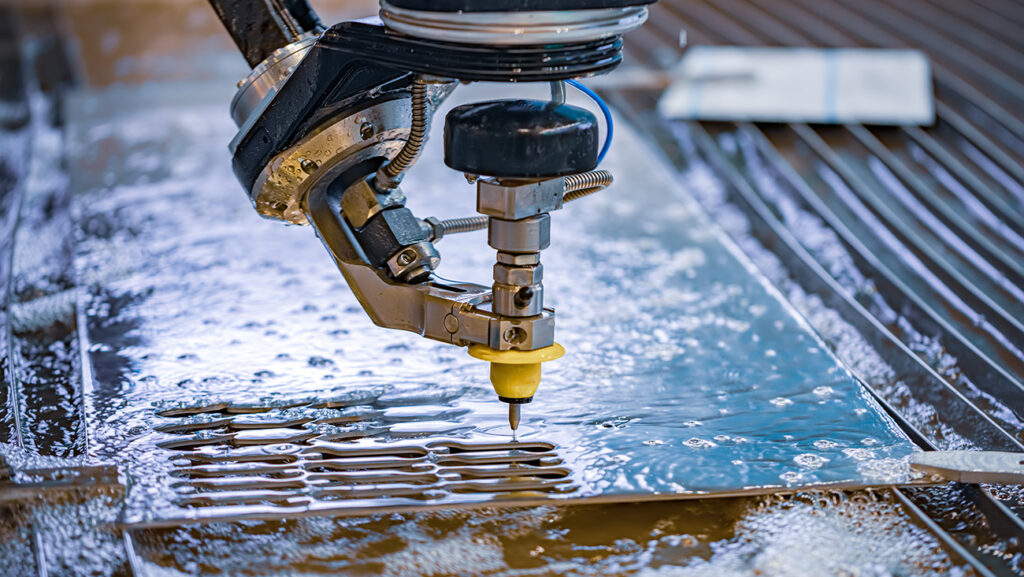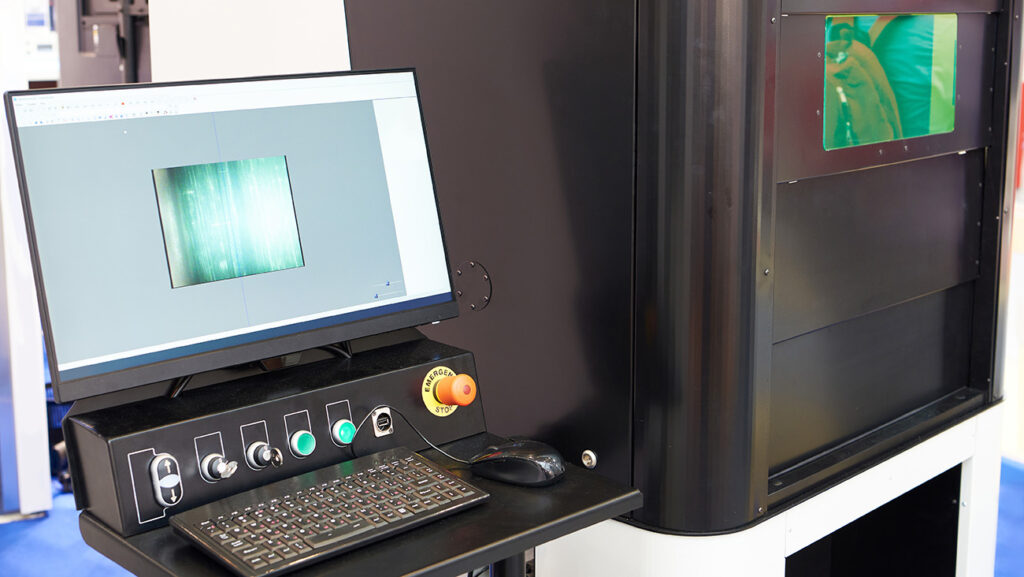Thermal Management Issues on the Rise Due to High Performance RF and Electronics.
Posted on January 28, 2021 in Blogs

In 1965, Intel co-founder Gordon Moore predicted, based on careful observations of emerging technological trends, the steady, two-year cadence of chip improvements that would double a processor’s performance every couple of years, while simultaneously decreasing its relative cost. While far from prophetic, “Moore’s Law”, as it came to be known, would hold true for decades, and serve as an unofficial Golden Rule amongst the broad spectrum of emerging electronic technologies.
Today, however, as innovation and consumer demand have continually made good on the exponential advancement of modern technology, it has become increasingly difficult to continue such rapid growth. As the functionality of modern devices continues to increase, so too does the amount of power they consume, as well as the amount of energy they give off in the form of heat, radiation, etc. This creates an increasing need for more efficient thermal management. For example, a controller chip running at 0.25-1.0 Watts a few years ago may now run as high as 2.0-5.0 Watts, and at a much higher frequency. Engineers for whom heat and electromagnetic interference (EMI) were not previously an issue, now have to reckon with an increasingly challenging set of new requirements. How hot will their device get? As its frequencies increase, what new EMI challenges will present themselves? How can they avoid radio interference that might adversely affect its operation?
The simplest answer to these increasingly common problems is dynamic absorption materials. Whether your goal is heat dampening, eliminating cavity resonances, or terminating signals in waveguides, there are a number of EMI shielding solutions for your device’s or system’s unique situation. Absorber material requirements vary from suppression of unwanted resonances in electronics, to microwave absorbers, and even radar absorbers for military or RF testing. But just as the need for microwave absorption continues to increase, so too does the field of effective materials. In fact, recent studies have deemed FeP nanoparticles as a promising material for microwave absorption.
“The FeP nanoparticles, fabricated through a facile thermal phosphorization process, display impressive microwave absorption performance with a reflection loss of -37.68 dB at 13.6 GHz, indicating a large absorption efficiency over 99.9%. As the thickness of the microwave absorber increases from 1.0 to 6.0 mm, the microwave absorbing peak frequency (fmax) shifts to lower frequencies monotonically, and the critical absorbing peak width (Δf10: peak width at RL = -10 dB) increases monotonically, while the reflection loss stays below -33.0 dB. This indicates a robust performance across a tunable frequency range from 8.86 to 15.1 GHz for microwave absorption. These characteristics demonstrate that FeP nanoparticles may act as a new and promising microwave absorbing material.”1
Whether you’re developing EMI applications for the military or private sector; for Homeland Security or Silicon Valley, Accumet should be your first stop for full-service advanced materials processing and precision laser machining. With thousands of contract manufacturing jobs under our belts, Accumet has earned its spot as an industry-leader in the field of advanced manufacturing and precision laser services. We supply more than just the components, materials, and parts our clients need to compete in their respective fields; we supply the peace of mind that only comes from choosing the best. From prototype through to development, Accumet remains on the literal cutting edge. No matter how rapidly the technology may advance, the solution stays the same: Accumet.
For more information, read our recent blog about the types of absorbers materials. We routinely laser ECCOSORB® material, silicone rubber, pressboard kits, or any other material used in common RF assemblies with or without adhesive. Contact us to find out more about how Accumet can provide you with the right absorbers for your job.
1Green, Michael, Lihong Tian, Peng Xiang, James Murowchick, Xinyu Tan, and Xiaobo Chen. “FeP Nanoparticles: a New Material for Microwave Absorption.” Materials Chemistry Frontiers 2, no. 6 (April 3, 2018): 1119&ndash25. https://doi.org/10.1039/c8qm00003d.



